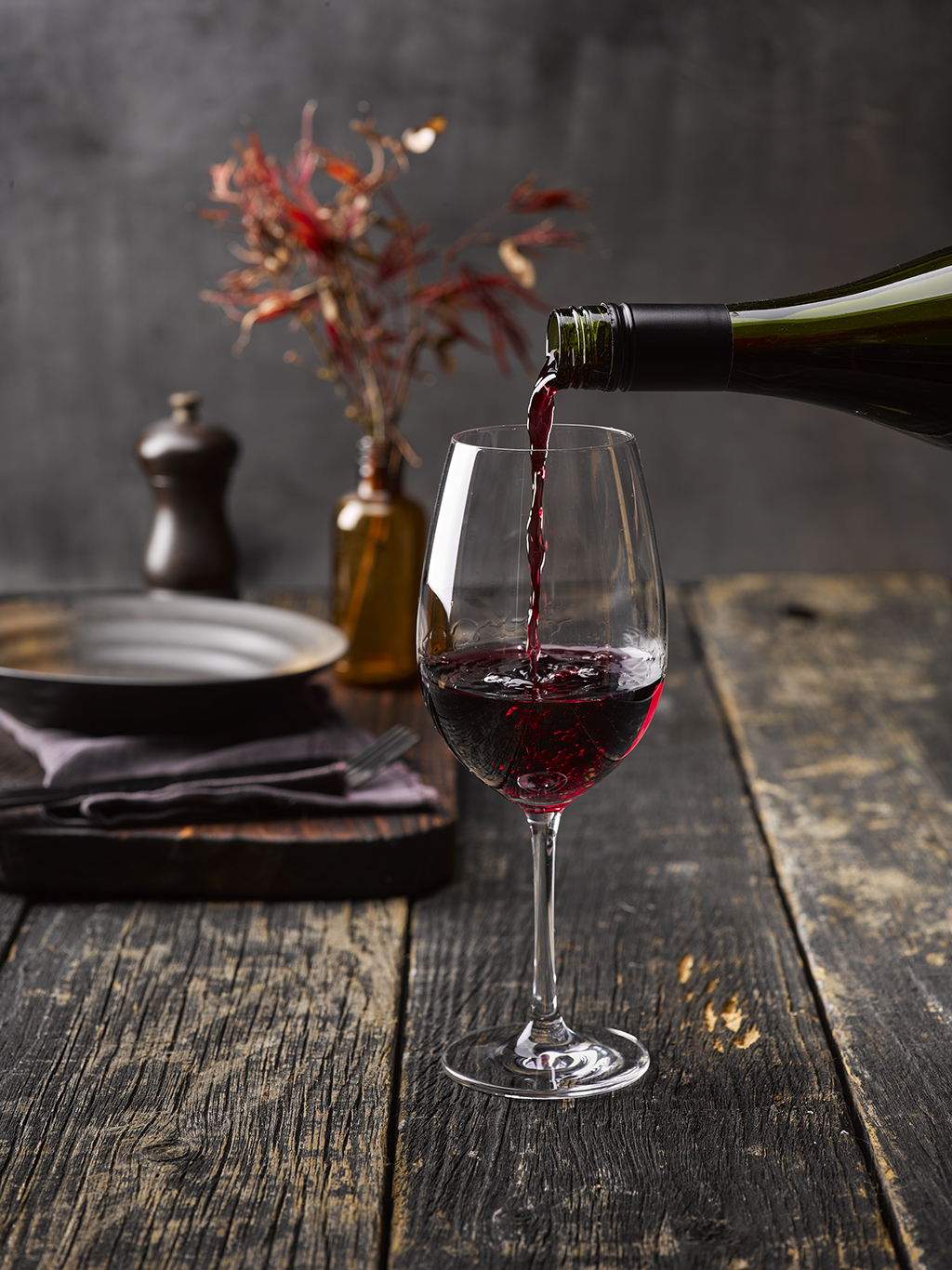
-
Pinot Noir is New Zealand’s leading red export, and 2nd largest export overall.
-
New Zealand Pinot Noir covers approximately 5,642 total hectares of New Zealand.
-
Although known for Sauvignon Blanc, Marlborough also produces the most Pinot Noir in NZ at 2,663 hectares.
-
The Abel clone - allegedly, a Pinot Noir cutting was snipped from the renowned Domaine de la Romanée-Conti vineyards in Burgundy by a mischievous tourist. Smuggled into New Zealand in a gumboot, the plant was intercepted at Auckland airport customs by Malcolm Abel, a local winemaker who happened to be working as a customs officer. He realised what this grapevine was and sent it to the government’s viticultural research centre to be processed properly. Eventually the first cuttings were released and Abel planted them. His vineyard no longer exists but Abel’s cuttings have been shared far and wide, and the Abel clone is the foundation of many of New Zealand’s most premium Pinot Noir today.
-
Food pairing - Pinot Noir is often a catch-all food pairing wine. It is light enough for salmon, but complex enough to hold up to some richer meat including duck. In a pinch, when everyone orders a vastly different entree at a restaurant, you can usually win by picking Pinot Noir; it will make everyone happy.
-
For the best New Zealand Pinot Noir experience, age for 2-5 years and serve at 15 degrees Celsius/60 degrees Fahrenheit.
-
A large round bell-shaped glass is perfect to serve Pinot, as it collects the delicate aromas of the wine.



